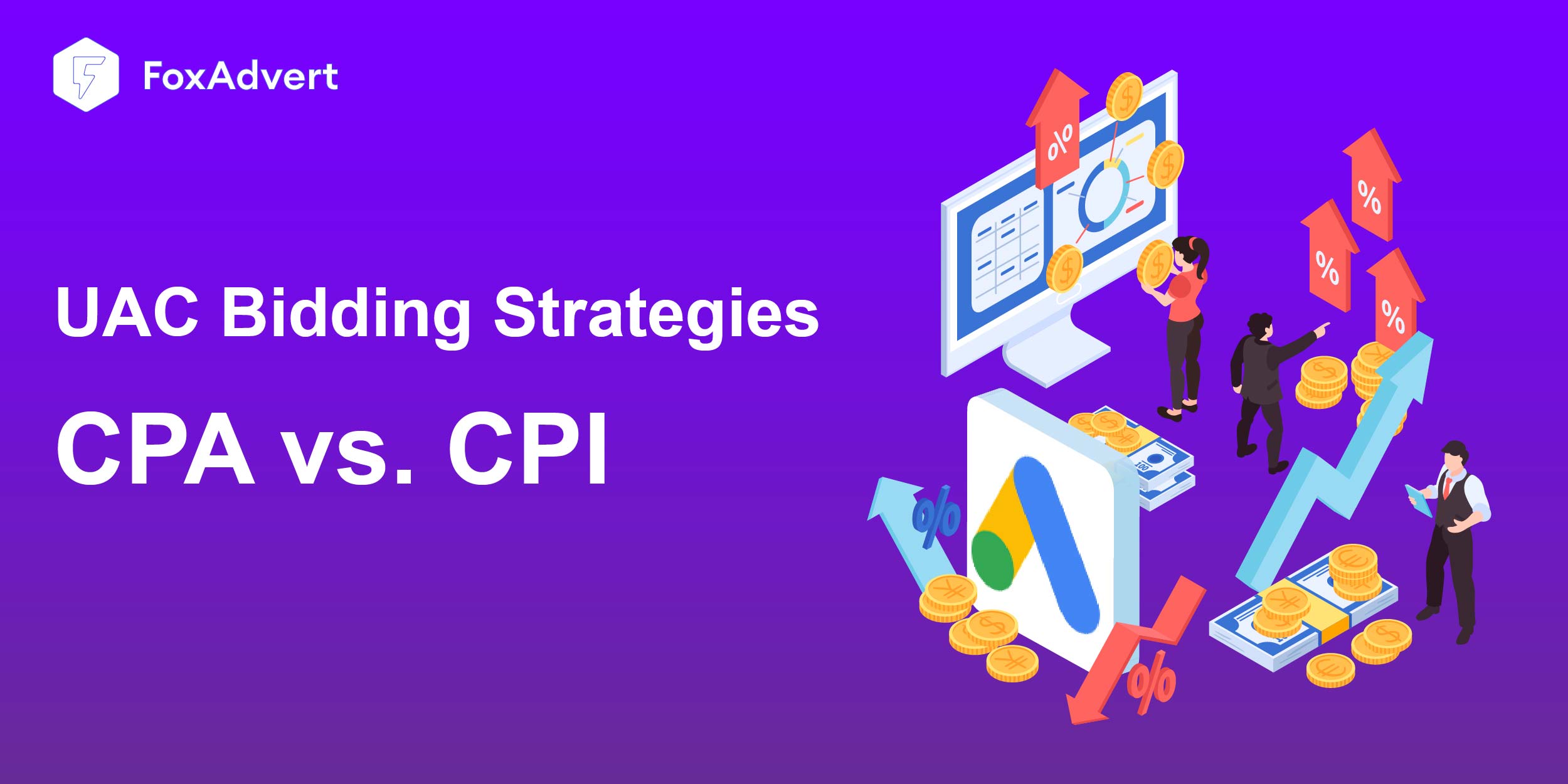
Imagine pouring your resources into app marketing, only to wonder if you're getting the best return on investment. The key to maximizing your app's potential lies in mastering Google Universal App Campaigns (UAC) bidding strategies. Two primary methods, Cost Per Acquisition (CPA) and Cost Per Install (CPI), can shape your campaign's success. How do you choose the right one? Let's dive into the details and unravel the mysteries of CPA vs. CPI.
Cost Per Acquisition (CPA) is a bidding strategy where you pay for each user action, such as a purchase, sign-up, or other in-app conversions. This method focuses on acquiring high-quality users who are more likely to engage deeply with your app.
Quality Over Quantity: CPA ensures that you're not just getting installs but valuable users who perform meaningful actions.
Budget Efficiency: By targeting users who are likely to convert, CPA can help you allocate your budget more effectively.
Goal Alignment: This strategy aligns closely with business objectives, emphasizing actions that contribute directly to revenue.
Mature Apps: If your app has a stable user base and you have clear conversion goals.
High-LTV Products: For apps where user actions have significant lifetime value (LTV), such as subscription services or high-value purchases.
Cost Per Install (CPI) is a strategy where you pay for each install of your app. This method aims to drive as many downloads as possible, boosting your app's visibility and user base.
Volume: CPI is excellent for driving a high volume of installs quickly.
App Store Ranking: Increased downloads can improve your app's ranking in app stores, enhancing organic visibility.
Brand Awareness: A higher number of installs can increase brand recognition and user trust.
New Apps: Ideal for new apps looking to build an initial user base and gain traction.
Wide Audience Appeal: For apps that appeal to a broad audience where the focus is on maximizing reach.
CPA: Focuses on quality and user actions beyond the install.
CPI: Prioritizes the quantity of installs and broad reach.
CPA: Can be more cost-efficient by targeting high-value users.
CPI: Might require a larger budget to achieve significant install volume.
CPA: Suitable for established apps with defined conversion metrics.
CPI: Best for new or growing apps looking to scale quickly.
CPA: Metrics include cost per conversion, LTV, and ROI.
CPI: Metrics focus on cost per install and install volume.
Choosing between CPA and CPI is a critical decision that shapes the trajectory of your app’s growth. Take a moment to assess where your app stands today and envision where you want it to be tomorrow. Whether you opt to build a broad user base with CPI or focus on acquiring high-value users with CPA, the strategy you choose will define your app's success.
At FoxAdvert, we understand the importance of making this decision wisely. Our dedicated team is here to guide you through every step, ensuring your UAC campaigns are not just effective but tailored to achieve your unique goals. Ready to elevate your app's marketing strategy? Reach out to us today for a free consultation or schedule an online meeting with our specialists. Let's collaborate to unlock your app's full potential and drive meaningful results. With FoxAdvert, your app's success story begins here.